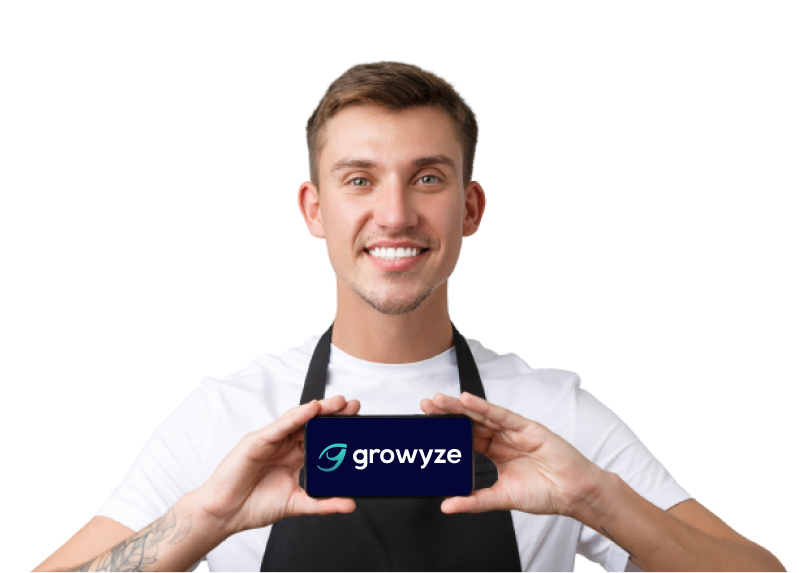If you’re a well-seasoned pro and you know your kitchen figures, don’t get salty if this little guide tells you how to suck eggs. With restaurant margins typically running at just 3% to 5%, it only takes a dodgy quarter to have your gross profit management stats melting on the pass.
Get on top of these key kitchen metrics, and you’ll prevent kitchen profits going up in the smoke of your kitchen dramas.
Calculating Kitchen Cost of Goods Sold
First, dig out your end-of-accounting-period balance sheet. On it, you’ll find the inventory within the current assets account.
COGS = beginning inventory + sellable purchases during the period you’re calculating for− ending inventory.
Beginning inventory = Cost of leftover sellable kitchen stock from previous accounting year.
Ending inventory = Inventory value recorded under ‘current assets’ at end of accounting period.
The consensus across restaurant business blogs is that the cost of goods sold shouldn’t exceed more than around a third of your sales (30% ish).
With covid operations in play, cost of goods sold (CoGS) is arguably your number-one success metric. Without it, you won’t have a steer on the health of your post-crisis bounce back.
Calculating Kitchen Labour Cost Percentage
Restaurant labour costs will range from 20%-40% depending on niche, seasonality and… inefficiency.
If you find your labour cost percentage swaying wildly, it may be that your managers and head chef are caught wearing so many hats that they can’t keep up.
Have a free try of our app (no obligation, no card required) and give them back time to get on top of labour cost percentage by taking the sweat and elbow grease out of ordering, invoice reconciliation, waste and stock management.
Calculating Kitchen Prime Cost
Celebrating increases in total sales means little without a solid prime cost calculation that effectively adds labour cost to your cost of goods sold.
Prime Cost = cost of good sold + total labor costs
CoGS and labour cost are two of the meatiest line items in your accounting budget. Keeping your eye on it will give you a platform to know where and how to create operational efficiencies to drive profitability.
{{cta-ebook="/cta-components"}}
Putting Prime Cost into Context
To get more value from your prime cost metric and drive gross profit increase, weigh it against total sales for a specific period.
Prime cost / total sales = prime cost as a percentage of sales
Viewing your prime cost like this gives you a sober view that’ll keep you from falling in love with total sales statistics that put you into a false sense of security.
Focus on your Kitchen Metrics
Let growyze Put in a Shift So You can Go Home Earlier
Don’t put kitchen gross profit margin on ice. Instead of burning out with late shifts and mind-numbing midnight paperwork, let growyze take the chore out of ordering, deliveries, invoicing, and waste management. Book a demo now!




